This article originally appeared on VICE Mexico.
“Quiet!” shouts a paramedic standing on a mountain of concrete and twisted metal. He wants to listen to see if someone is trapped beneath the rubble.
On the corner of Laredo Street and Amsterdam Avenue, in the Condesa neighborhood of Mexico City, we see a hundred or so people in the middle of a cloud of dust produced by a building’s remains. Another hundred or so use their hands to pull at the cement, papers, and pieces of wood. You can hear sobs and the sounds of ambulance sirens.
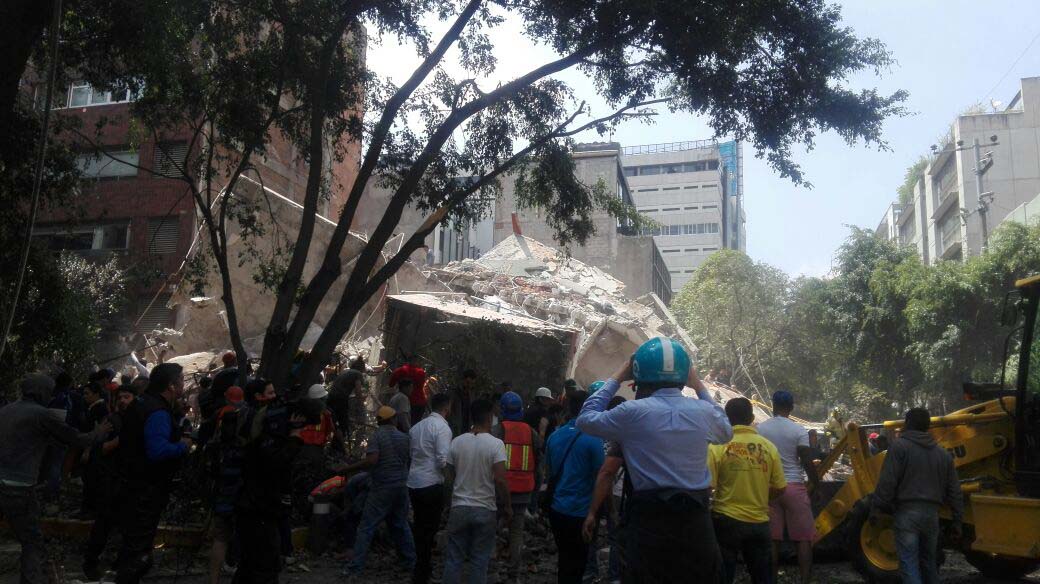
The paramedic keeps asking for silence. They’ve managed to completely lift up a wall from the sinister scene, and they’re hoping to find someone alive beneath it. Everyone falls silent. “Is there anyone there? We need you to shout to us!” cries one of the rescuers. Only the sounds of the nearby patrol cars can be heard.
The epicenter of the earthquake on Tuesday was about 7.5 miles southeast of Axochiapan, in the state of Morelos in south-central Mexico. At 1:14 PM local time, we began to feel the trembling in Mexico City. It lasted about 40 seconds and registered 7.1 on the Richter Scale—exactly 32 years to the day that a 1985 earthquake devastated the same streets. The city entered an official state of emergency, and a disaster plan went into effect.
Videos by VICE
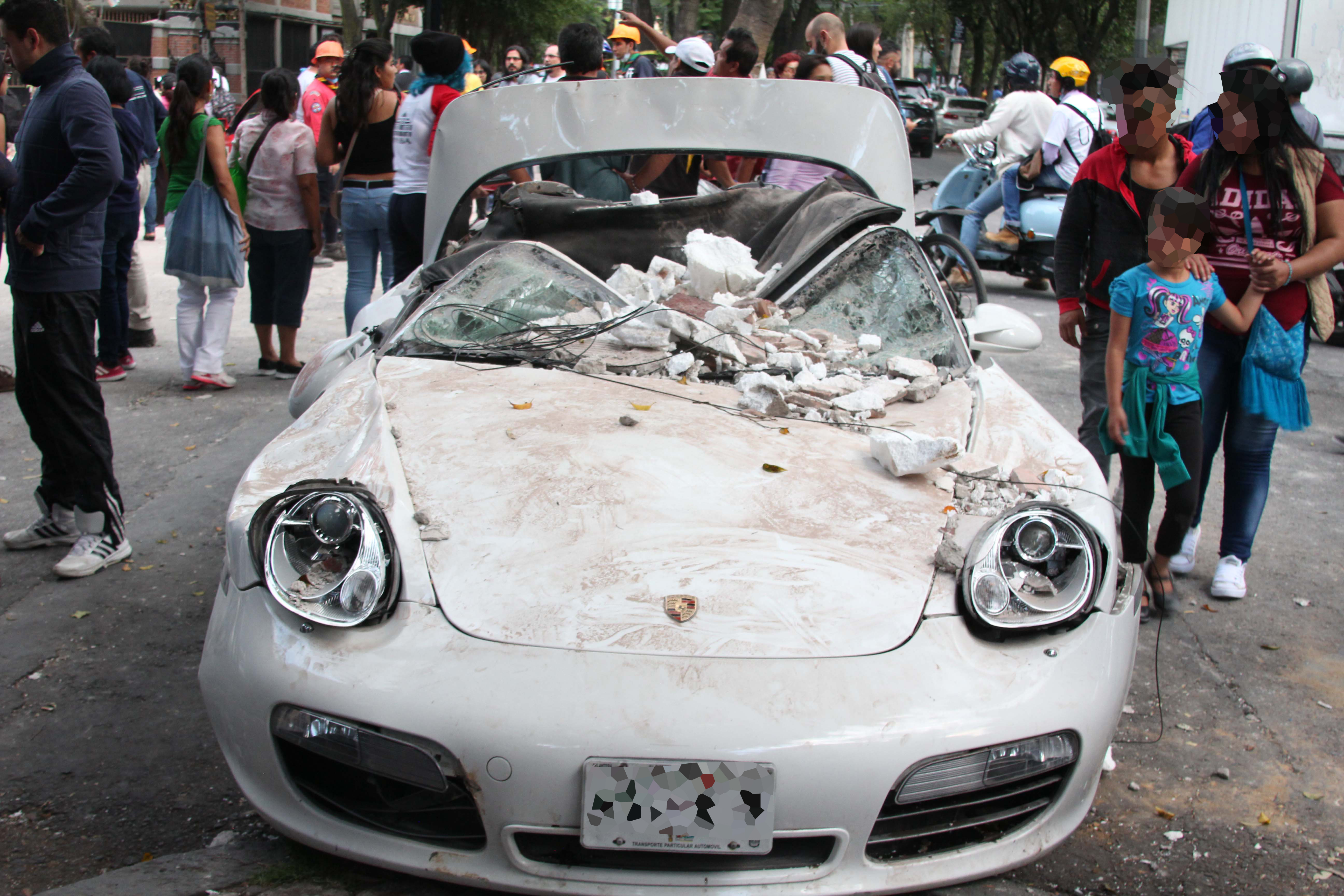
In the hours after the earthquake, many of the streets smell of gas. Officials call for every building to be evacuated, but some people seem without a destination, in shock; hundreds and hundreds walk along Insurgentes Avenue, obstructing the path of emergency services. Phone lines are down, WhatsApp is intermittent, and you can barely write an “I’m OK!” to those asking.
Next door, in the Roma neighborhood, it’s a similar scene. A mattress shop on the corner of Medellín and San Luís Potosí streets collapsed. The tower of a school came down on Orizaba and Chihuahua Streets. A four-story building collapsed right at 286 Álvaro Obregón Avenue, almost at the corner of Oaxaca. Another one on Morelia and Tabasco Streets, and another on Valladolid and Puebla Streets. The front of a hair salon fell right next to the state headquarters of the Party of the Democratic Revolution (also known as PRD), at Jalapa and Colima Streets.
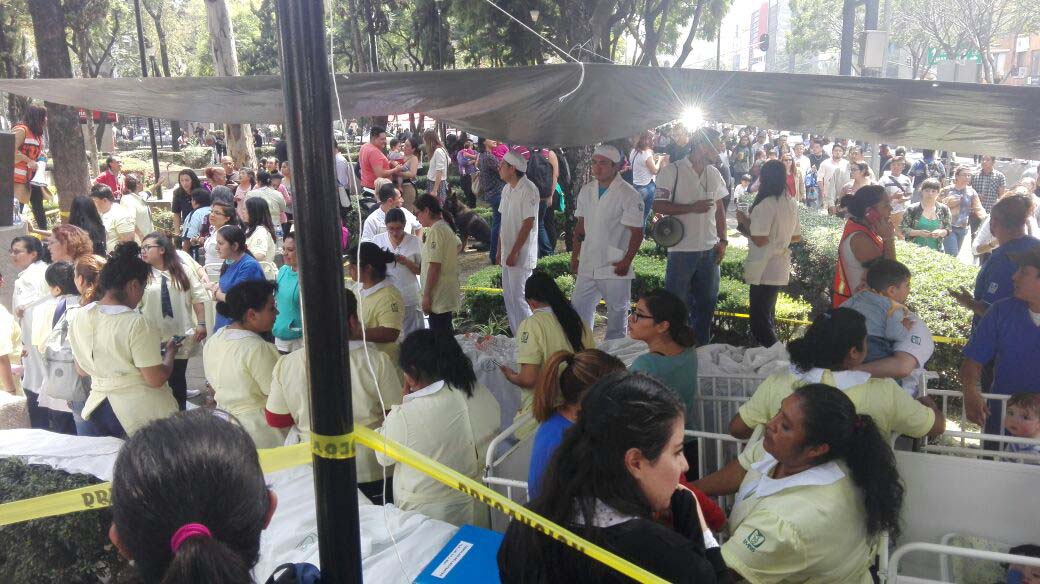
As the evening approaches, we’re still without electricity. Some people start making purchases out of panic. Many have returned to their homes to pick up shovels and buckets for carrying rubble, gallons of water, and bags full of fried snacks and wrapped sandwiches, or first-aid kits.
Everyone helps. Near the collapsed buildings, people pay no mind to the warnings to avoid getting too close, to turn off their phones so as to prevent gas explosions, to get away in the event of aftershocks. Everyone wants to do something.

As night falls, electricity begins to come on some blocks in the neighborhood. People gather around radios to listen to the news—social media accounts remain confusing—and brace for how much worse the body count might get.
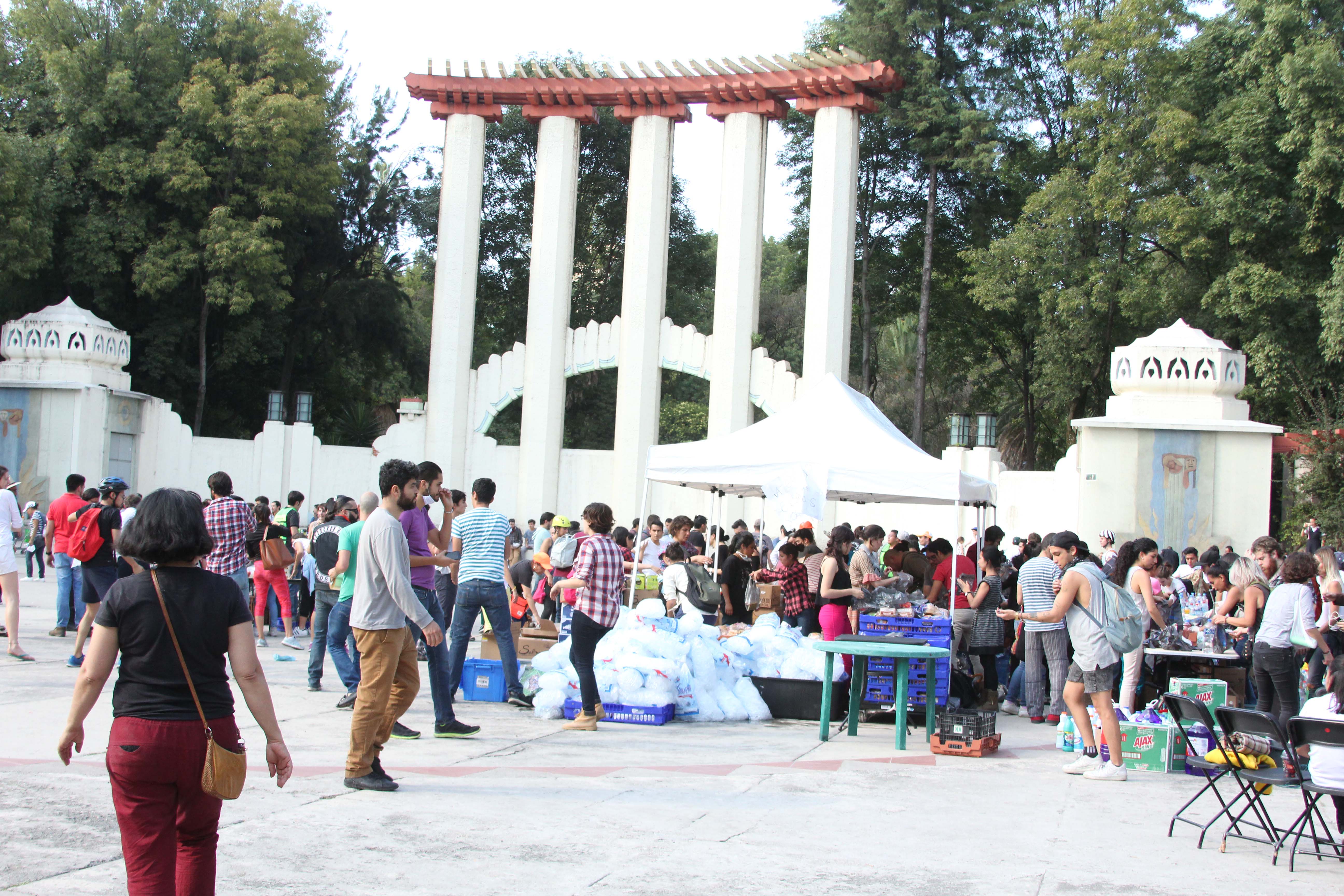
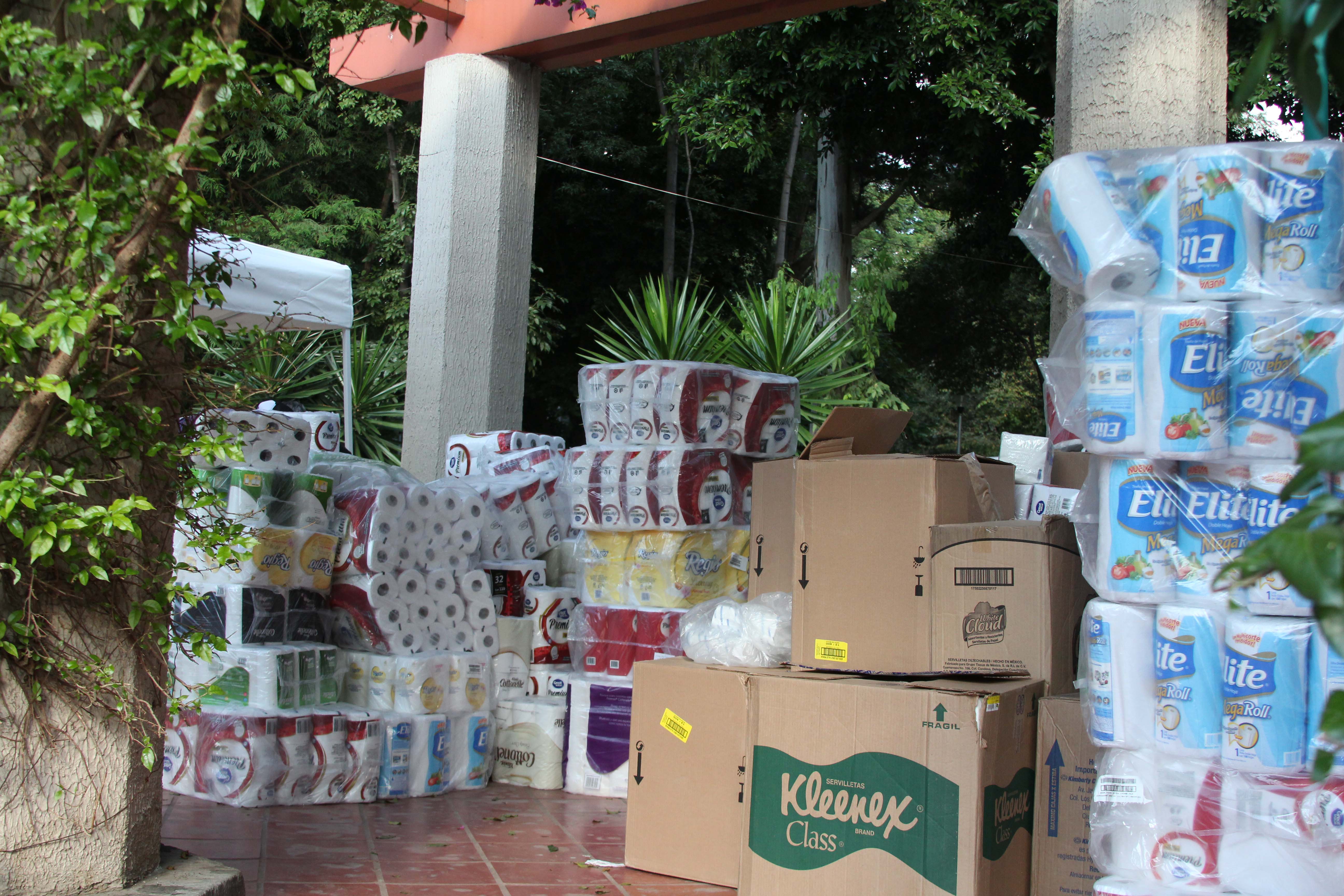
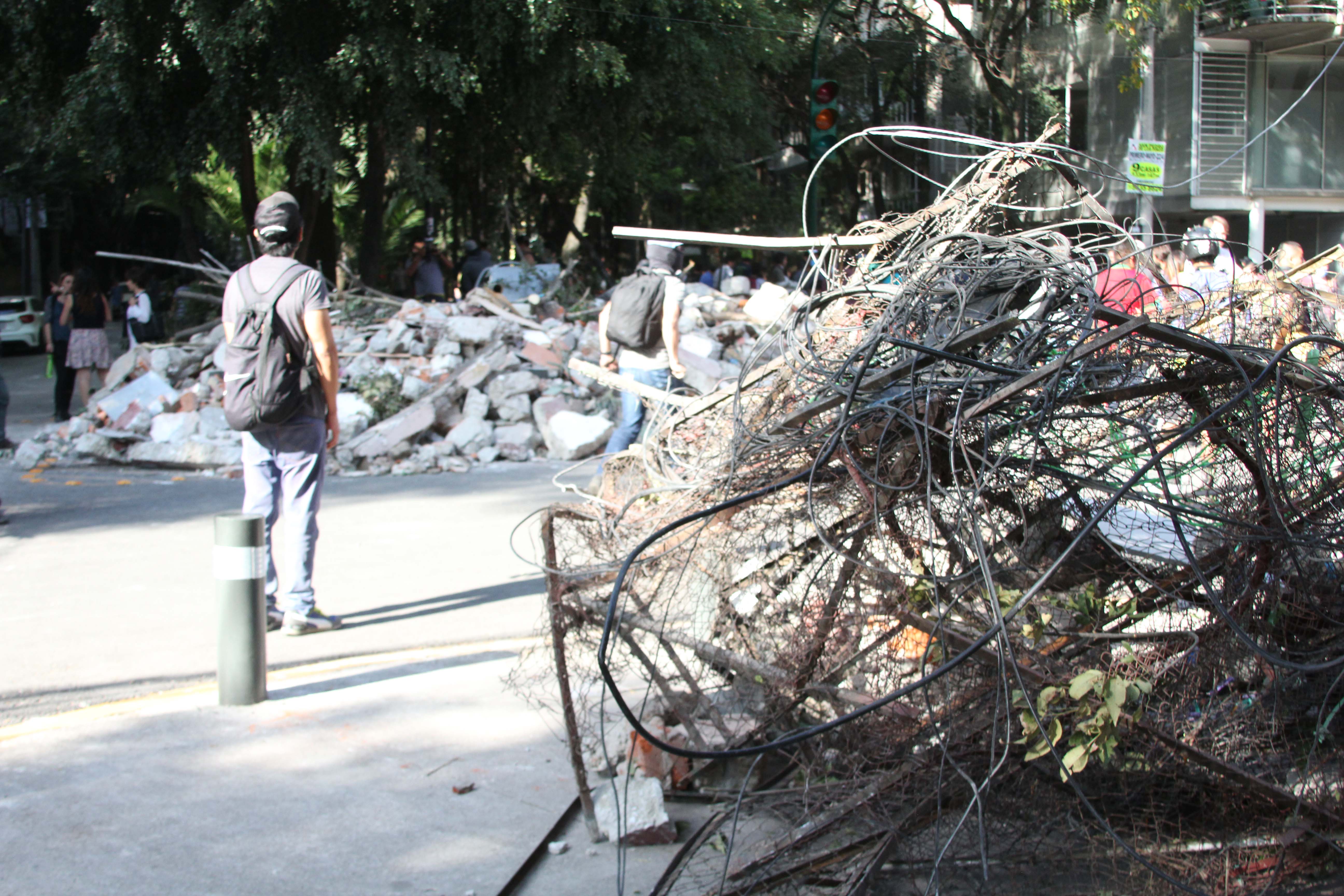
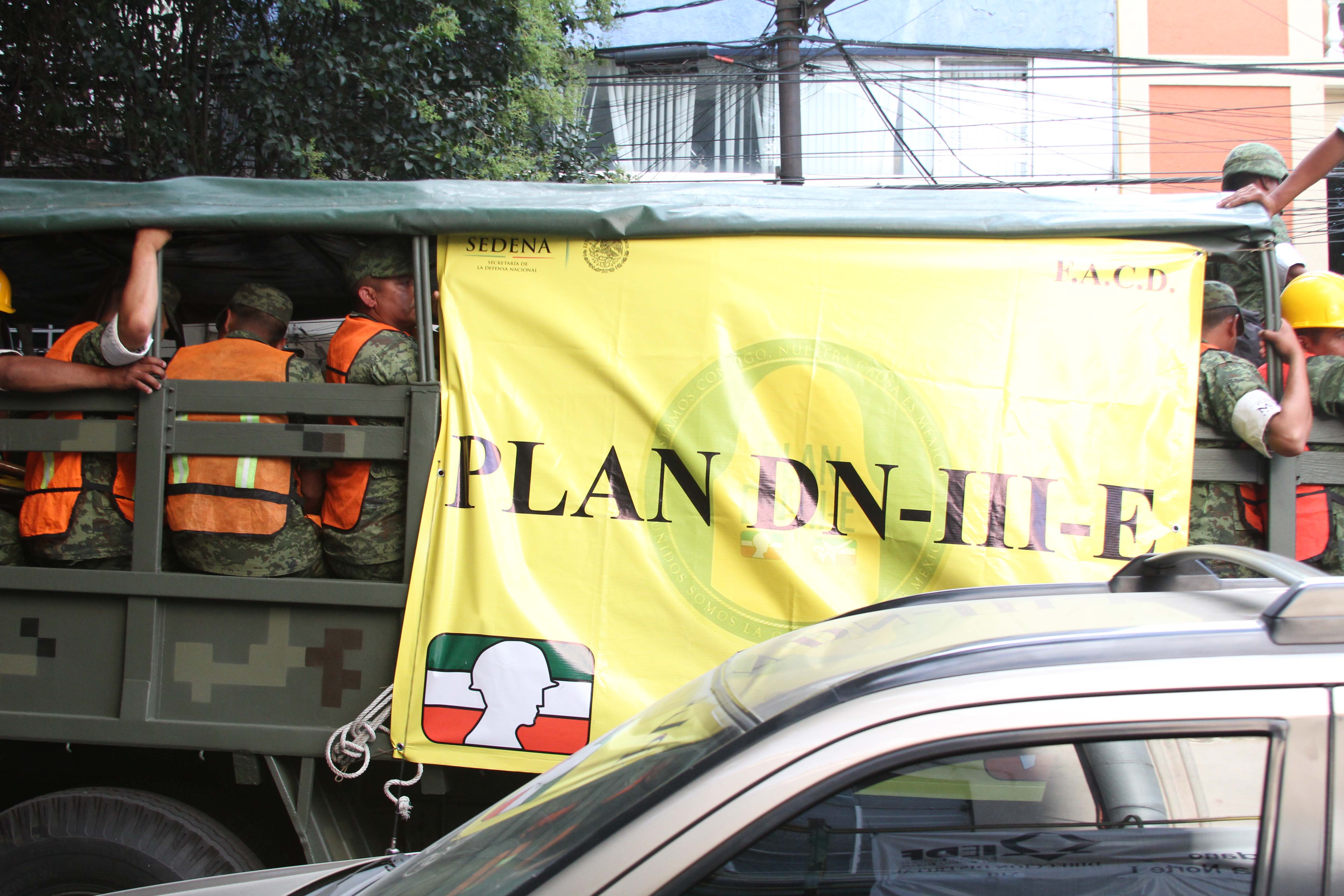
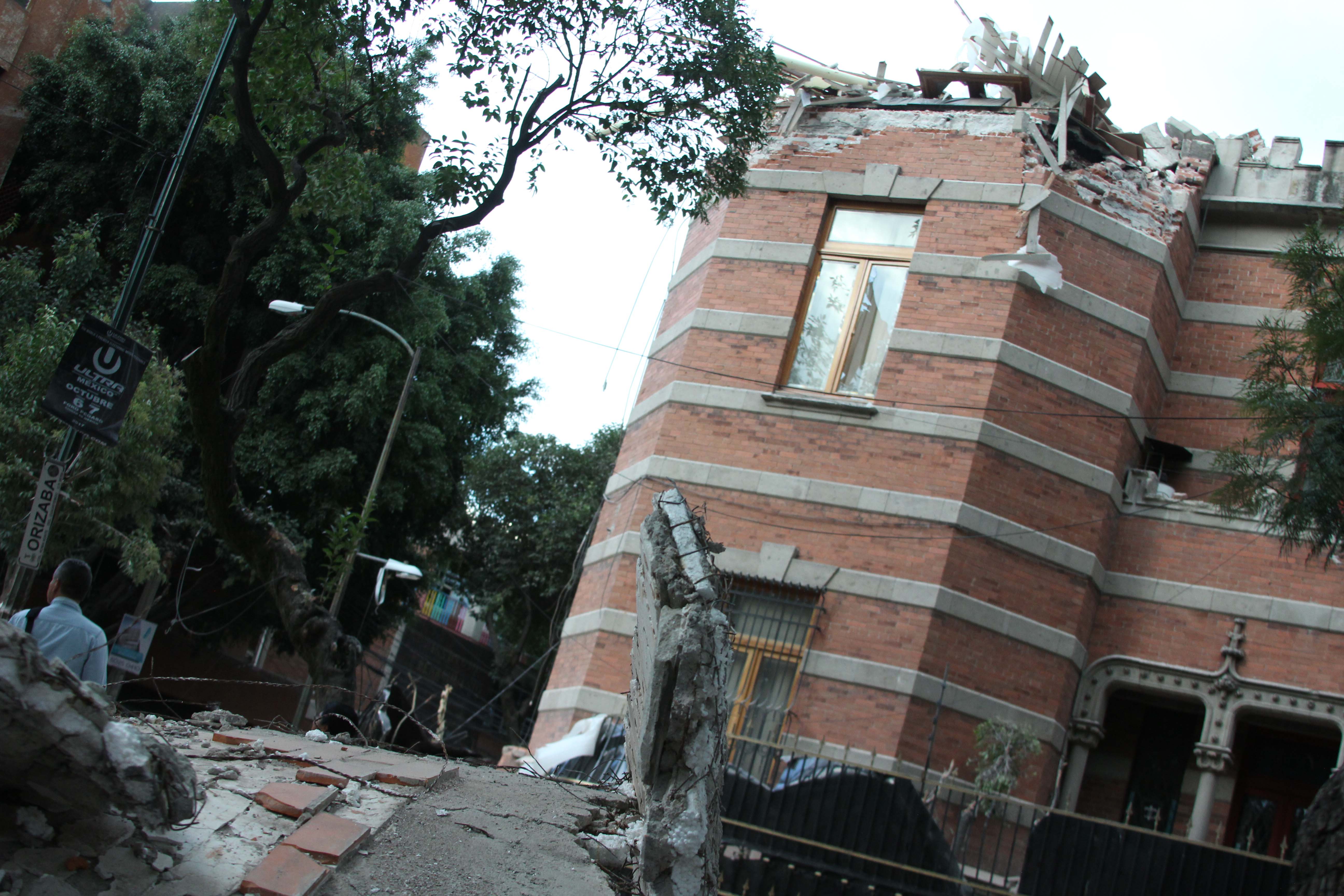
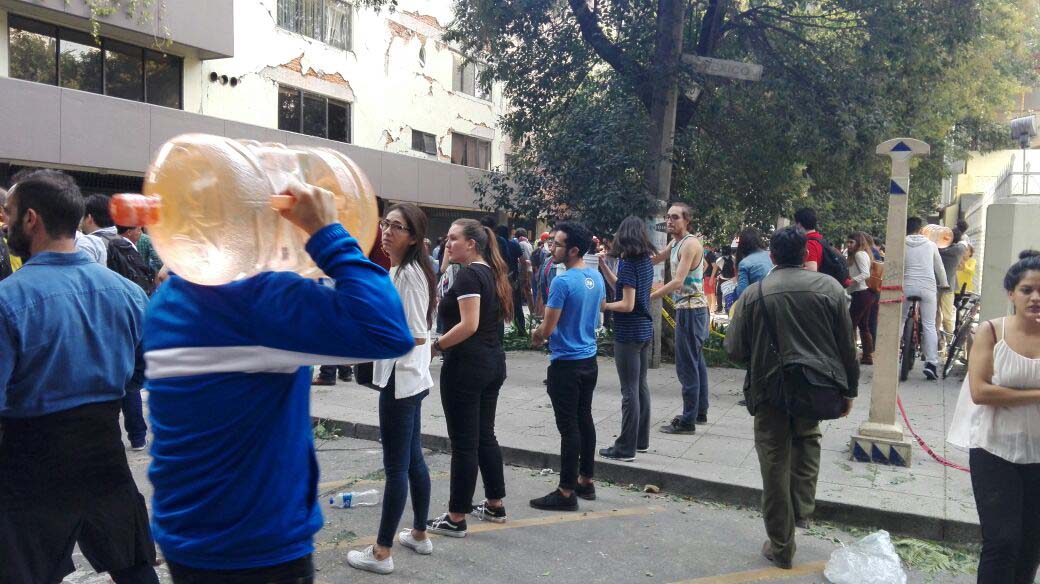
Translated by Julie Schwietert Collazo.




